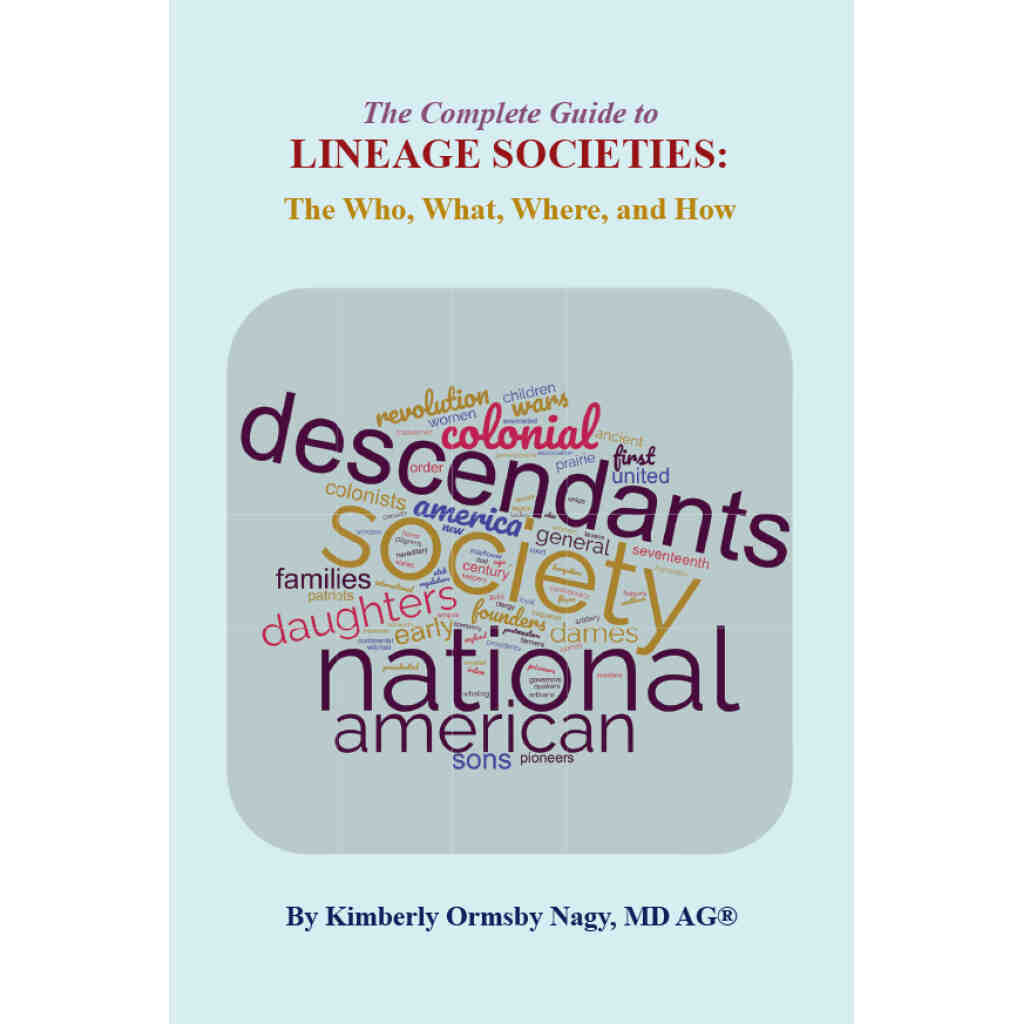For a long time, I've been trying to learn more about my husband's 3d great-grandparents, William Tyler
Bentley (1795-1873) and Olivia
Morgan Bentley (1799?-1838). The earliest official document I have for this family is the 1830 US Census, where they're enumerated in the town of Sandy Creek, Oswego County, New York. Other documents confirm Oswego as the birthplace of William and Olivia's children in the 1820s and 1830s.
Browsing the 1830 Census page by page, I noticed two other men named Bentley were enumerated as heads of households, each with a wife and a few young children. Are they relatives of William? Don't know--yet. No entry for Morgan anywhere in the Sandy Creek Census for that year.
Local knowledge, networking with other researchers
A decade ago, I spoke with the historian of Sandy Creek, New York, who had a Bentley surname file but nothing about these specific people. She did, however, have the names of Ed and Ruth, two other researchers also on the trail of William and Olivia, and gave me their contact info (with their permission).
Ed, Ruth, and I have pooled info and made some discoveries. For instance, Ed found a "list of letters" newspaper notice (image above) showing that "William T. Bently" lived in the area as early as 1821. Ruth traced other descendants and found their burial sites, adding those to Find a Grave. I found Olivia's maiden name by obtaining death certs of two children.
What reminded me to take another look at William and Olivia this week was the 121st anniversary of the death of their daughter Lucinda Helen Bentley Shank (1825-1903), on October 12th. I retraced my research steps and that's when I decided to pick up the phone.
Ask, share, leave contact info
I noticed there's a new town historian at Sandy Creek, so I called to introduce myself, asking about anything new that might have been collected, donated, or filed since my inquiry ten years ago. I sent a followup email with a simplified family tree of these ancestors plus I shared some original documents pertaining to these people, for her files. I thanked her sincerely for any assistance in adding to my knowledge of my husband's Bentley and Morgan ancestors.
If I'm lucky, William or the other two Bentley men will be in the historian's files and we can try to piece together any possible relationships. If I'm really lucky, Olivia Morgan's family will be somewhere in her files. It will be a week or so until I hear from her, well worth the wait, and I will be appreciative for any clues she can offer. Fresh eyes, fresh ideas.
After I hear back from the historian, I plan to contact the library in Sandy Creek to ask about their genealogical files, cemetery records, and other info that may be in their collection. Of course I'll leave my contact info in case other researchers are looking for Bentley or Morgan.
Local folks have local knowledge, so consider whether a local historian or librarian may be able to help you learn more about your brickwall ancestors.
UPDATE from Dec 2024: This lovely historian found me a Bentley cousin's obit that mentions the family moved to Sandy Creek from Saratoga county, NY, about 1822. Now I have another line of investigation, thanks to local knowledge.























